After transplanting (indoors)
mwagt
18 years ago
Related Stories
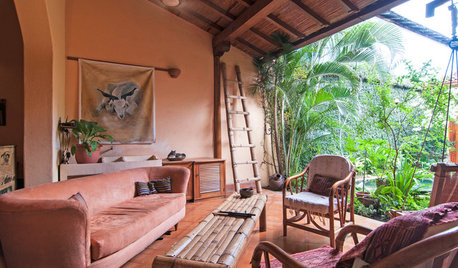
HOUZZ TOURSMy Houzz: A Dream Indoor-Outdoor Home in Nicaragua
Breeziness and deep connections with the outdoors create an air of paradise for U.S. transplants
Full Story
FRONT YARD IDEASBefore and After: Front Lawn to Prairie Garden
How they did it: Homeowners create a plan, stick to it and keep the neighbors (and wildlife) in mind
Full Story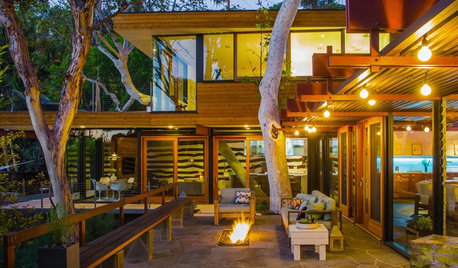
HOUZZ TVHouzz TV: A Most Unusual Indoor-Outdoor Connection
A giant California Sycamore grows through this dream house in the hills of Los Angeles
Full Story
HOUSEPLANTSIndoor Winter Gardens for Cheerier Days
Bring plants inside for drab-days mood boosting — not to mention cleaner indoor air and protection for your greenery
Full Story
HOUSEPLANTS8 Essentials for Healthy Indoor Plants
Houseplants add so much to our homes — and can thrive when grown in the right conditions. Keep these tips in mind
Full Story
HOUSEPLANTSPlay Up Some Fiddleleaf Figs for a Lively Indoor Tune
Strike a dramatic chord in a minimalist scene or a country note in a rustic setting — fiddleleaf fig plants harmonize with any style
Full Story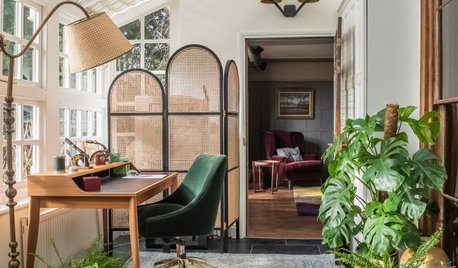
HOUSEPLANTSSimple Pleasures: Grow a Cheery Indoor Garden
Let houseplants work their magic on your rooms and you. These ideas will get you growing
Full Story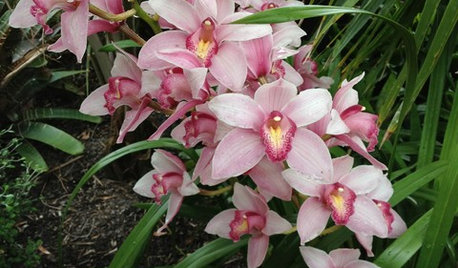
FLOWERSOrchids 101: Cymbidiums Add Beauty Indoors and Out
Their large, long-lasting flowers give them a place of honor in homes and gardens
Full Story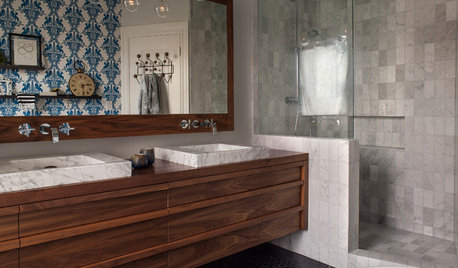
BEFORE AND AFTERSBefore and After: 19 Dramatic Bathroom Makeovers
See what's possible with these examples of bathroom remodels that wow
Full Story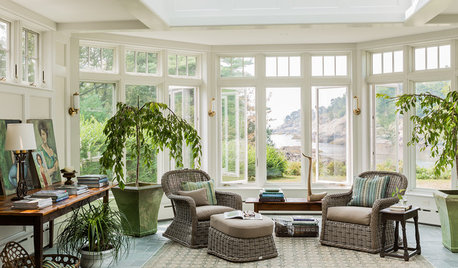
TRADITIONAL HOMESBefore and After: Beauty and Functionality in an American Foursquare
Period-specific details and a modern layout mark the renovation of this turn-of-the-20th-century home near Boston
Full StorySponsored
Columbus Area's Luxury Design Build Firm | 17x Best of Houzz Winner!
More Discussions






watergal
mwagtOriginal Author
Related Professionals
Chattanooga Landscape Architects & Landscape Designers · Montgomeryville Landscape Architects & Landscape Designers · Arden-Arcade Landscape Contractors · Dixon Landscape Contractors · Farmington Landscape Contractors · Longview Landscape Contractors · San Carlos Park Landscape Contractors · Tuscaloosa Landscape Contractors · Baltimore Fence Contractors · Brushy Creek Fence Contractors · Carson Fence Contractors · Mill Valley Fence Contractors · Palmetto Bay Fence Contractors · Plainfield Fence Contractors · Spring Fence Contractorssdafamily
mwagtOriginal Author
shrubs_n_bulbs
mwagtOriginal Author
watergal
mwagtOriginal Author